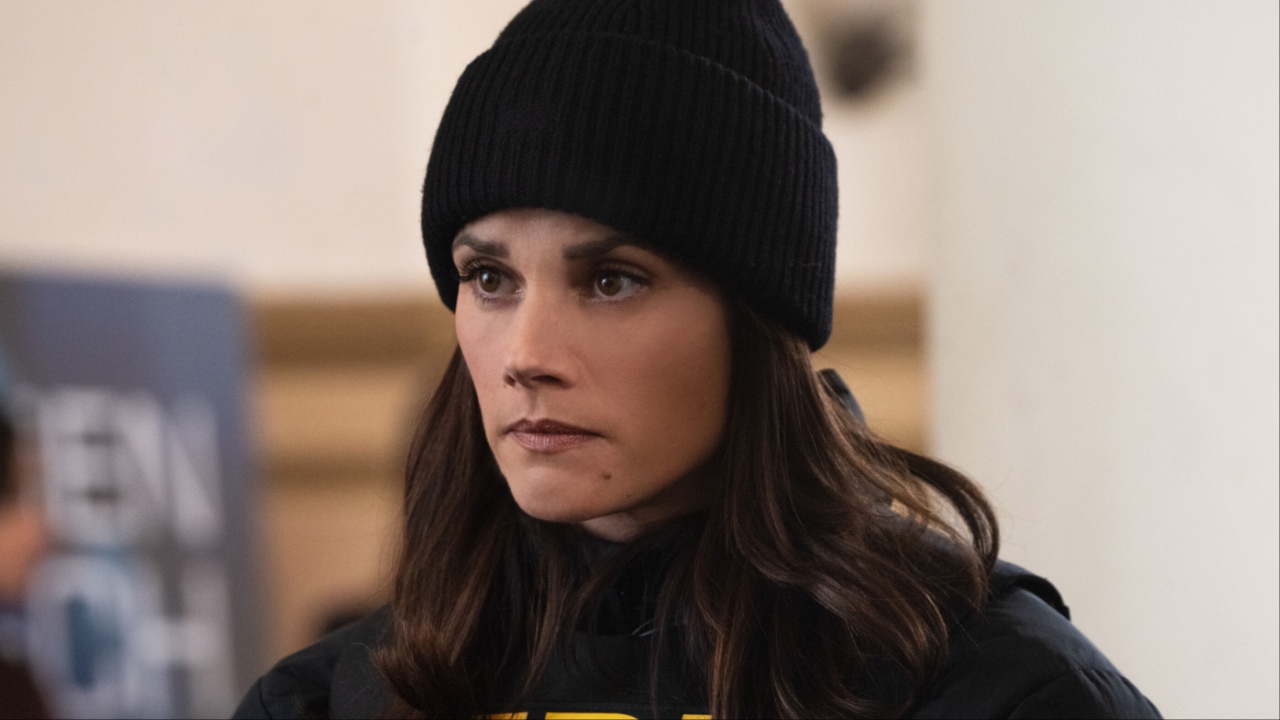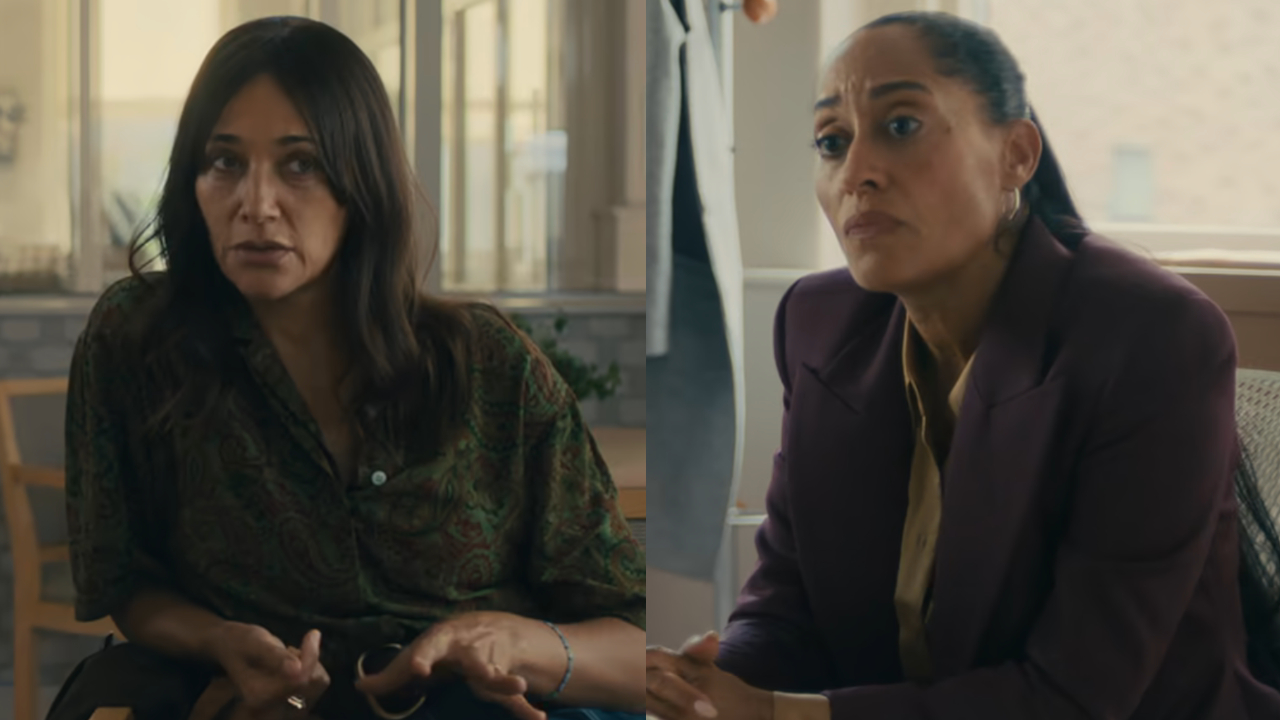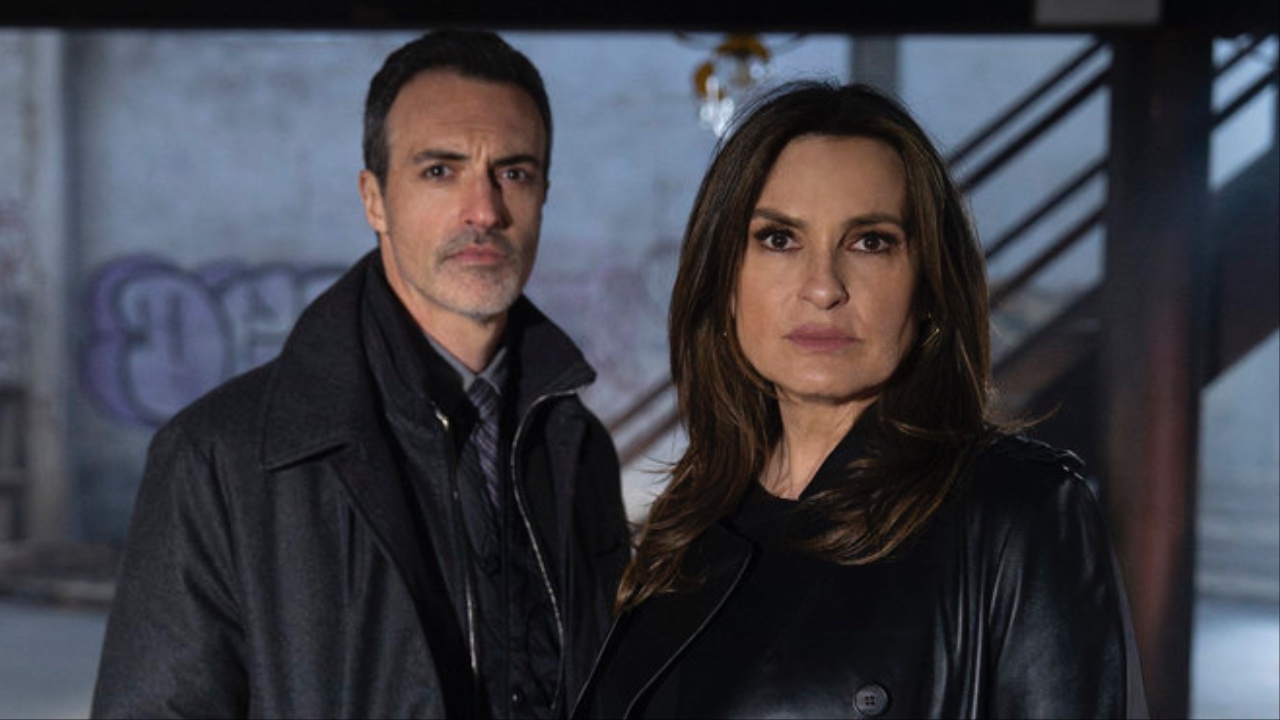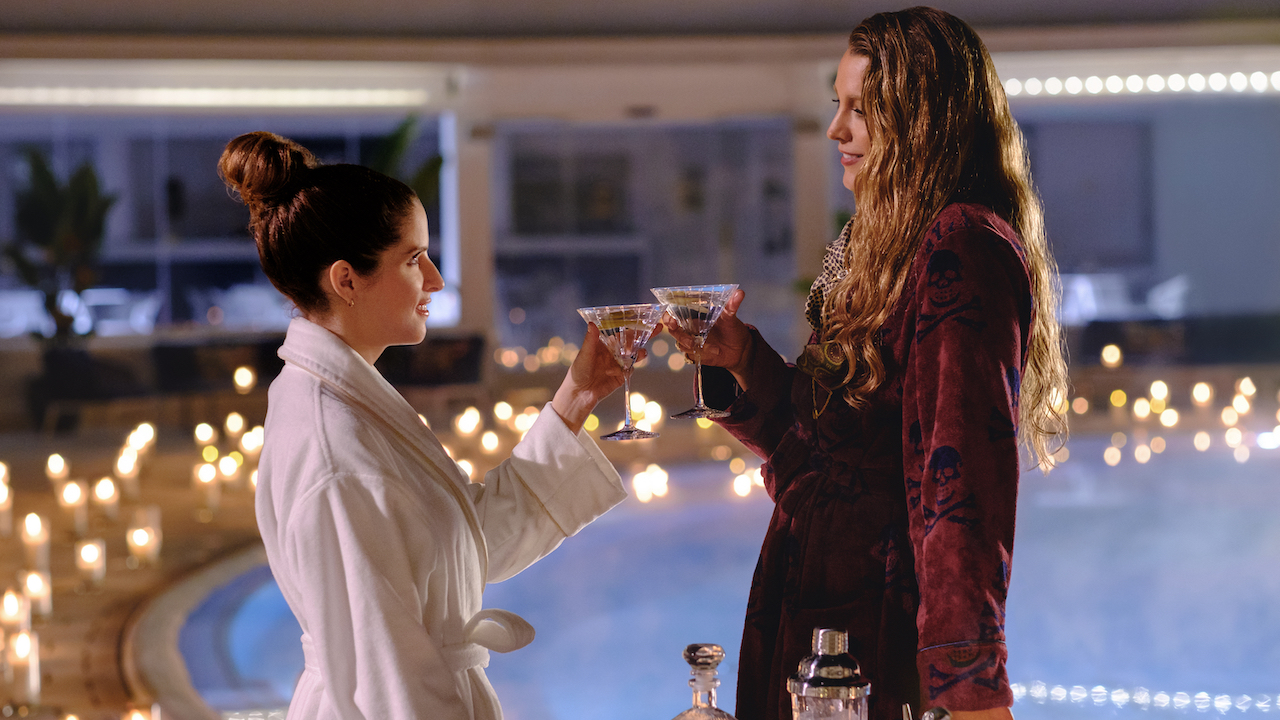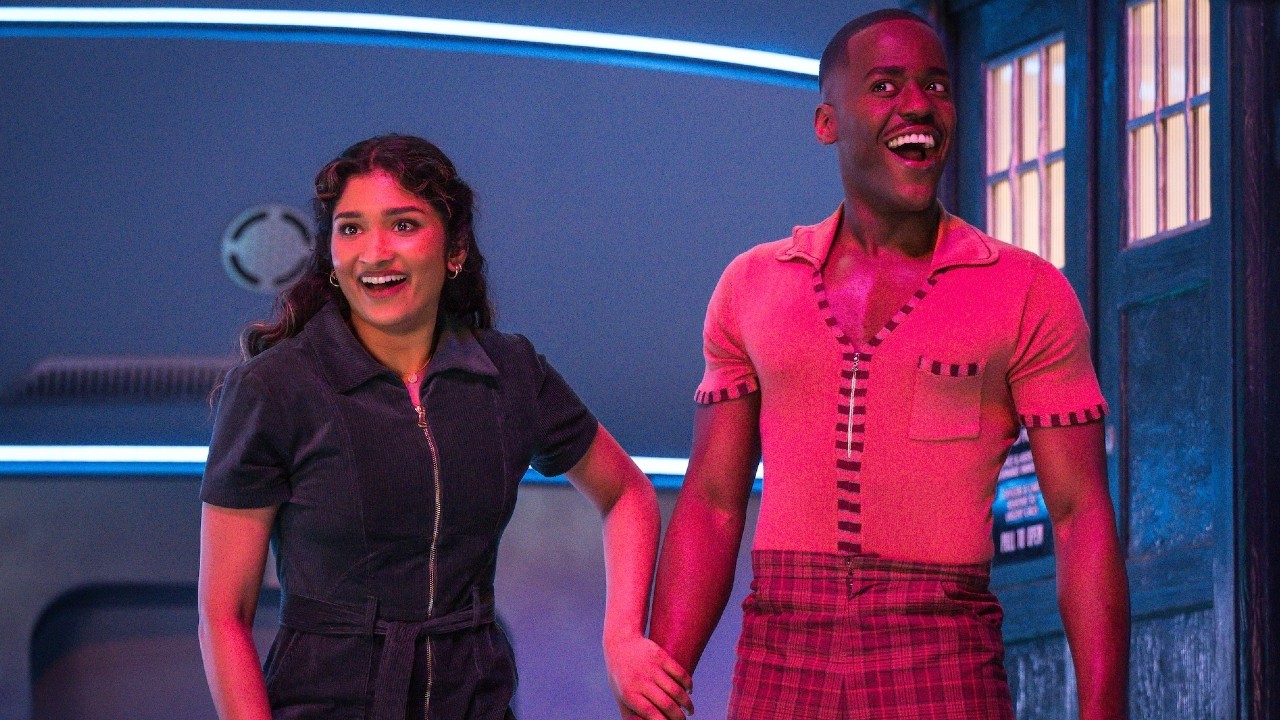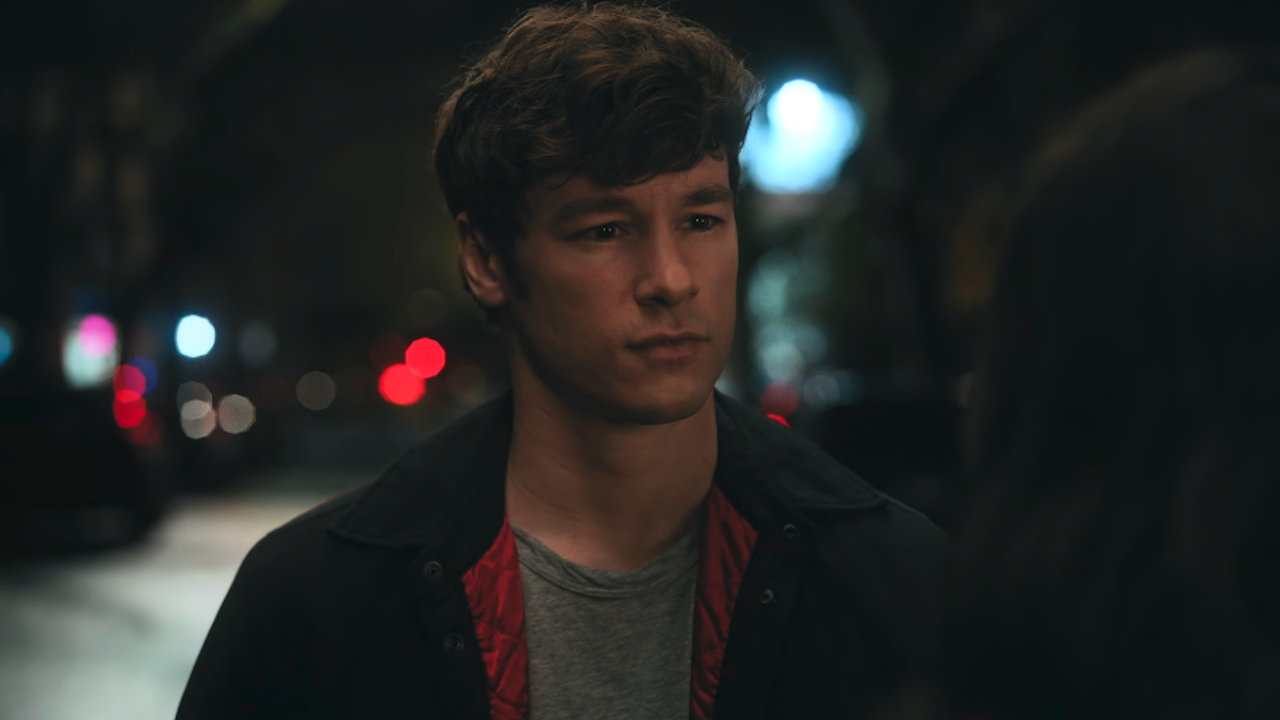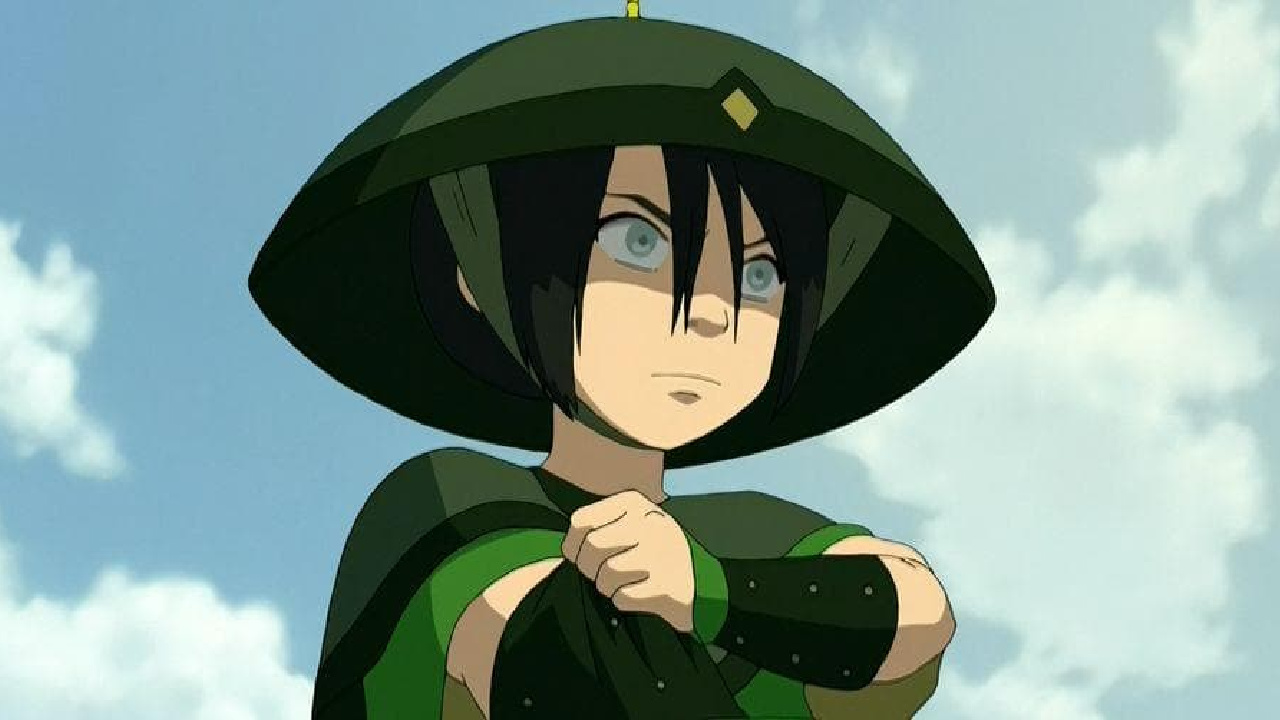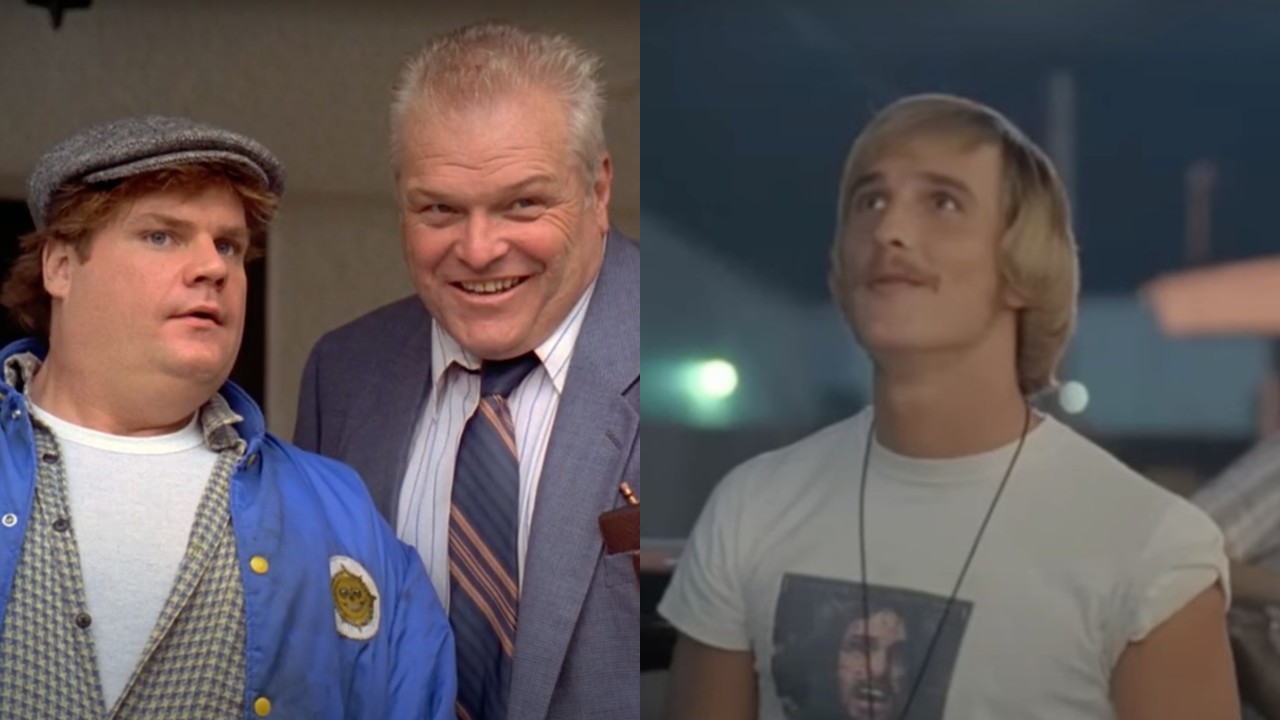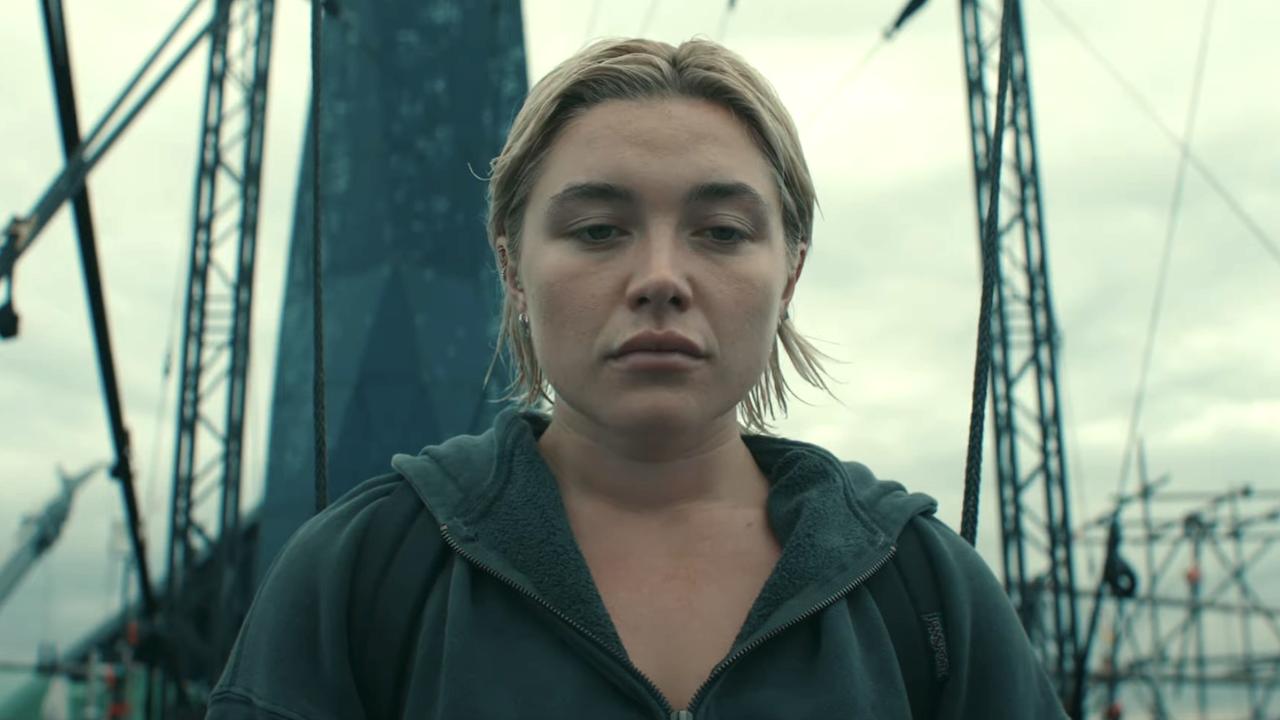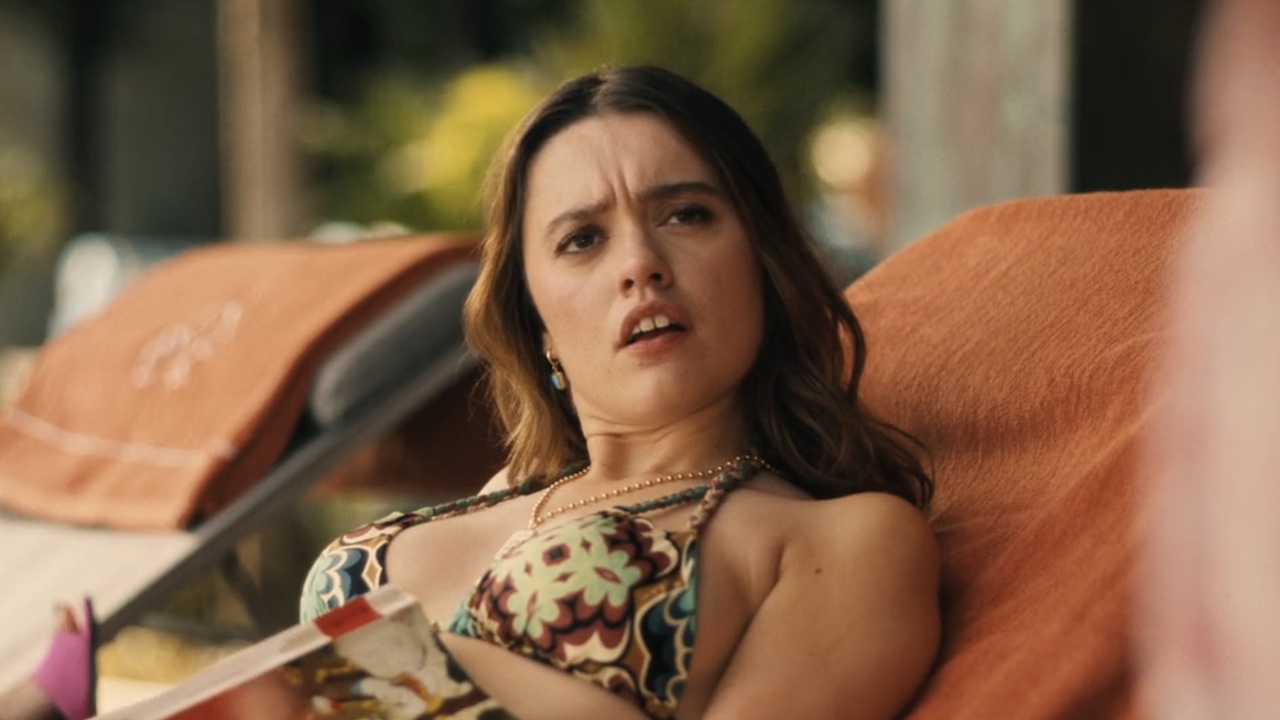Doctor Sleep Went Old School Instead Of Relying On CGI, And That Was Awesome
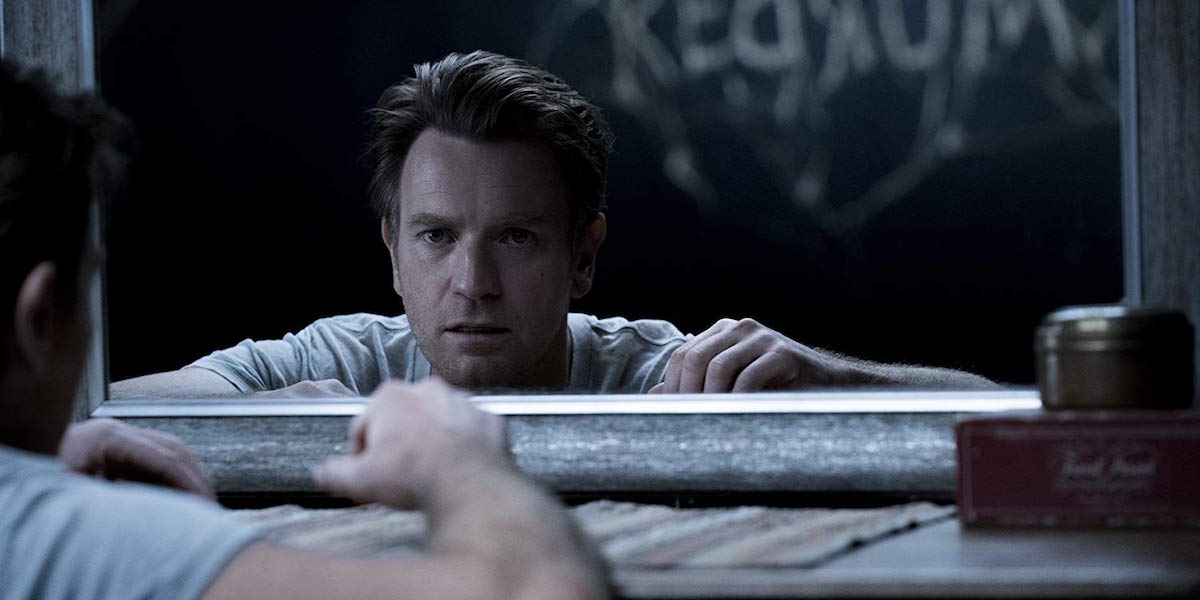
Warning: SPOILERS for Doctor Sleep are in play. If you haven’t seen the film yet, you’ll probably want to come back once you’ve seen the second chapter to The Shining legacy, as it will be discussed in detail.
Throughout the story of Stephen King’s Doctor Sleep, and the Mike Flanagan adaptation of that very 2013 novel, there’s a running thread that connects the next installment in the Torrance family saga to its roots in both cinema and literature. Specifically, that connection is through the presence of characters that Ewan McGregor’s Danny Torrance remembers from his traumatic childhood.
Three figures, Danny’s parents Jack and Wendy Torrance, as well as his psychic mentor Dick Halloran, all play important parts in Doctor Sleep’s narrative, and when it came time to tell that story, Flanagan recast the roles with current era actors instead of using the typical CGI de-aging process. To me, not only was that a pretty big surprise, it was a well-played strategy that helped cement the entire point of the movie for several key reasons.
All aboard the last train out of Spoilerville, as I’m about to throw open the doors to The Overlook Hotel, pour myself a drink and explain why the old school approach made me love Doctor Sleep even more.
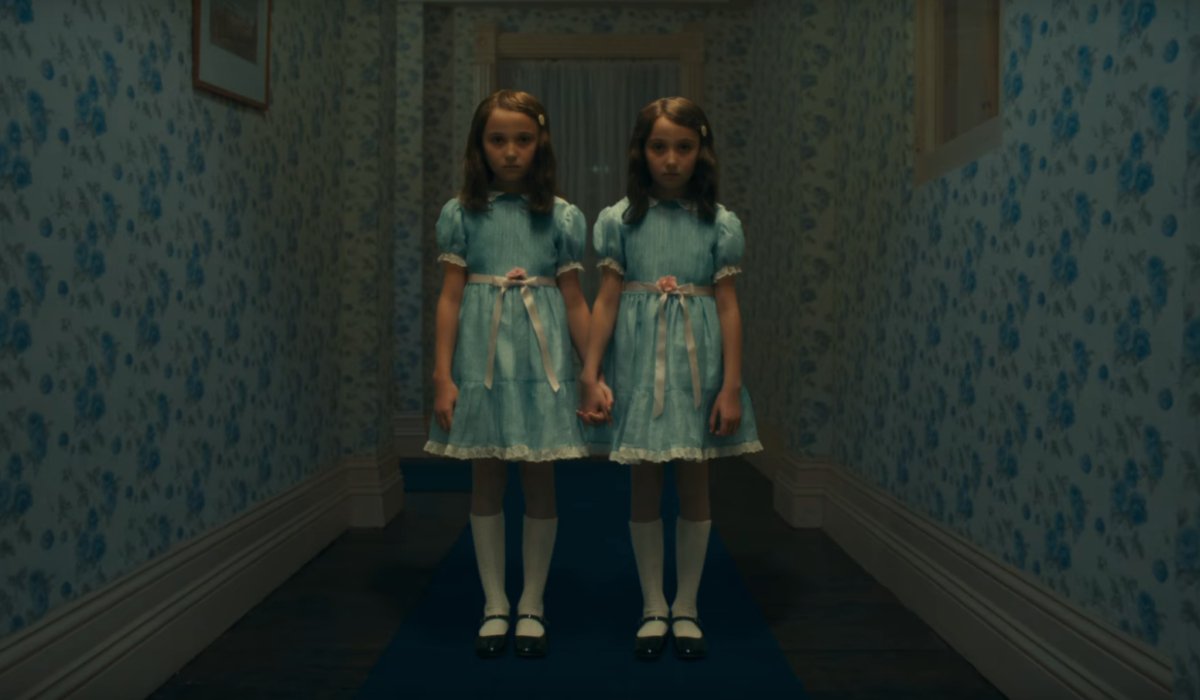
Using Practical Effects Helps Ground The Shining Sequences In Doctor Sleep’s Lore
As we’ve seen in the Marvel Cinematic Universe, and even in this fall’s Gemini Man, digital technology has come a long way in de-aging and completely recreating actors' likenesses into younger versions of themselves. While CGI is used to augment more modern segments Doctor Sleep’s cinematic narrative, mostly to enhance/portray the supernatural frights and astral projection portions of the film, there’s always a limit to how much digital trickery the audience will accept.
Bringing the performances of Jack Nicholson, Shelley Duvall and Scatman Crothers back as CGI actors in Doctor Sleep would have been officially crossing that line where the film became too much. I think if those characters showed up exactly how you saw them in The Shining, the portions that connect to those characters automatically would have belonged to Stanley Kubrick’s film alone, and would have thrown off the balance Mike Flanagan deftly incorporated between Kubrick’s film and Stephen King’s novel. He wanted to make a sequel that fulfilled the story to both sides, and he got it.
Powered by RedCircle
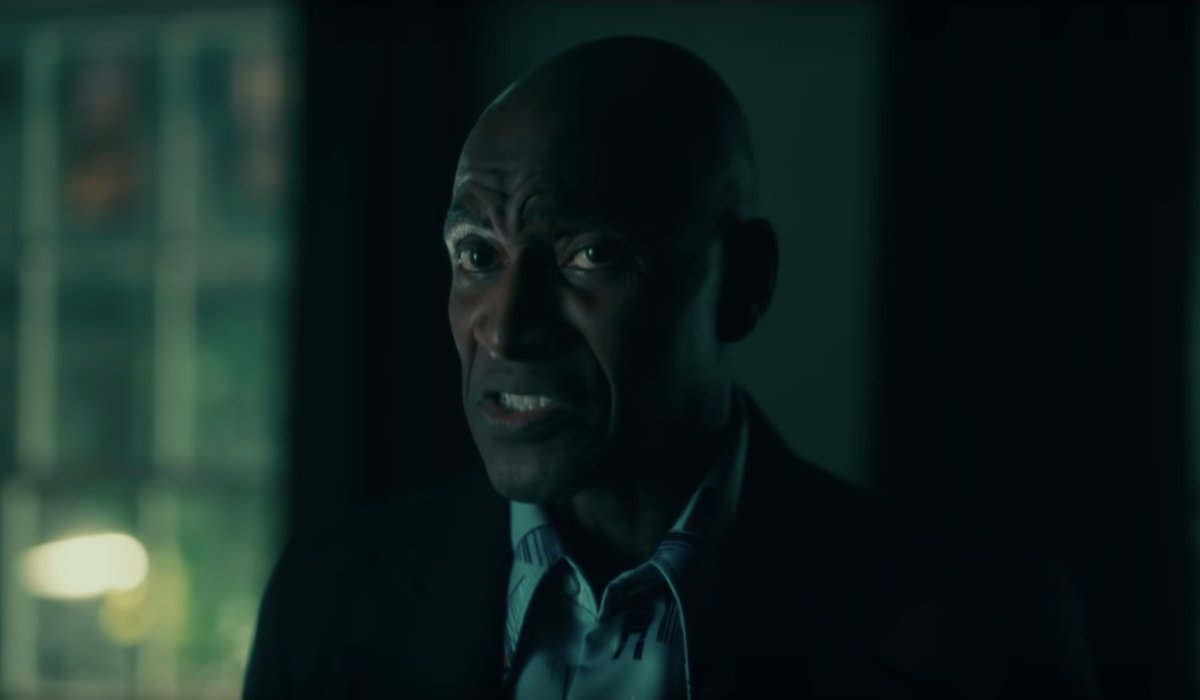
Recasting Characters From The Shining Retains Their Emotional Weight
In the story that is being told throughout Doctor Sleep, we see Ewan McGregor’s Danny Torrance literally haunted by his past, until he decided to deal with it head on. Seeing McGregor and his younger counterpart, Roger Dale Floyd, acting against Alex Essoe’s version of Wendy, Carl Lumbly’s sublime incarnation of Dick, and especially Henry Thomas’ haunting portrayal of Jack Torrance, all hammer that point home effectively.
CINEMABLEND NEWSLETTER
Your Daily Blend of Entertainment News
By having actual actors on set, without having to imagine any CGI enhancements in those roles, this allowed both people playing Danny Torrance to sell the emotional weight of those performances. Also, that method allows the audience to soak the total package Doctor Sleep is offering more effectively than gasping at a really impressive de-aging job. No one in the audience is taking time to think of how it was done, and how good/bad the effect is, but they’re actually enjoying these moments in the film.
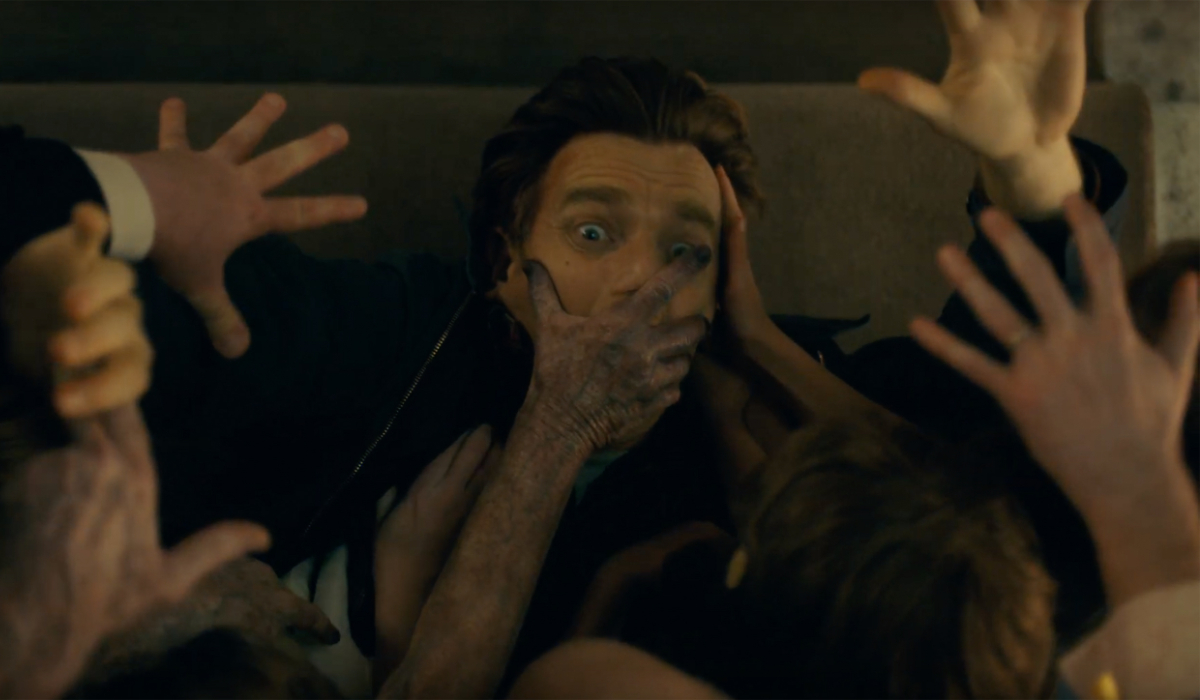
Nailing The Essence Of The Characters Is More Important Than The Look
Much like how it’s important for the audience to see a believable character on screen, getting the essence of Doctor Sleep’s echoes of the past correct makes more sense than having a photorealistic recurrence of that person. Were Mike Flanagan to have used a digital performance in crucial roles like Jack Torrance, it would have still looked impressive; but it would have felt hollow if the acting couldn’t live up to the image being used.
All of the actors playing characters from The Shining inject the spirit and the essence of those classic haunts into their portrayals, and that helps keep me and the audience rooted in the film. If I can believe that Danny Torrance is talking to his father’s spirit at The Gold Room’s bar, I don’t care that Henry Thomas isn’t a spitting image of Jack Nicholson. Thomas, as well as co-stars Alex Essoe and Carl Lumbly, all inhabit their Shining characters perfectly in Doctor Sleep, and as an added bonus, they resemble their predecessors quite closely. But again, without having the heart and spirit of those roles in their performances, nothing would have been able to convince me those characters were there.
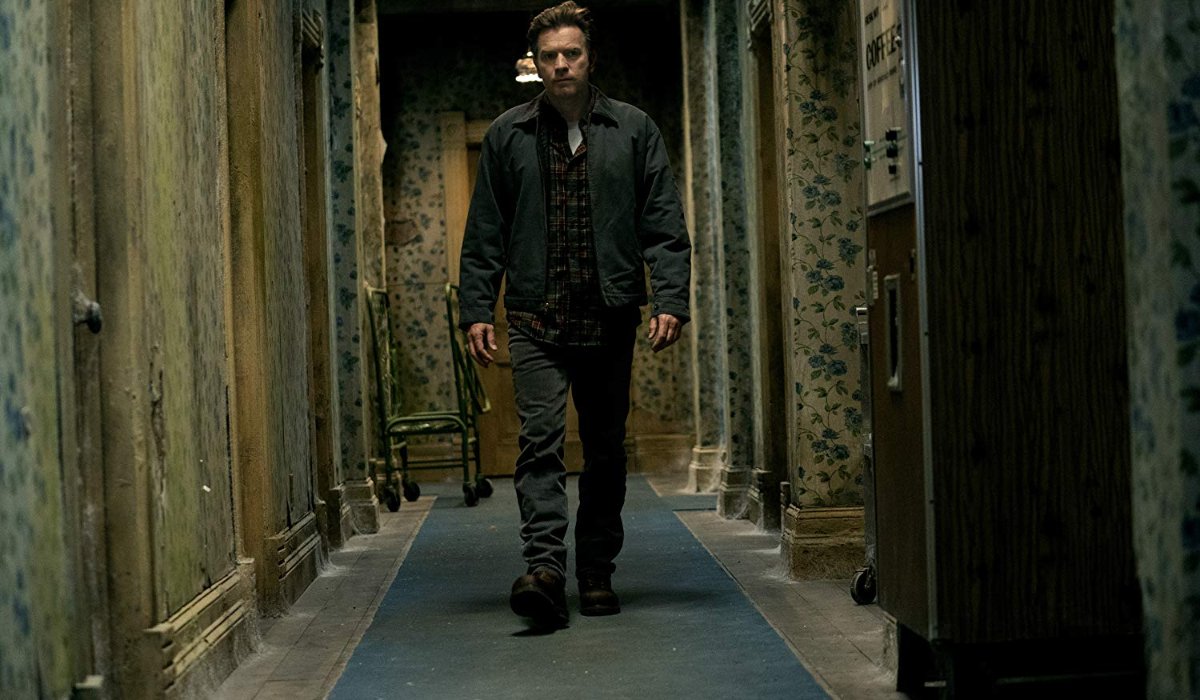
Seeing An Actual Human Best Sells Doctor Sleep's Plot
Every point above rolls into one, overarching belief that I’d previously mentioned: if Doctor Sleep went the de-aging/digital performer route, it would have been a distraction that would have collapsed the entire enterprise. From the moment the film began, I was glued to the screen and eating up every frame I was being shown. Considering that The Shining’s characters sort of bookend the film, the slightest miscalculation would have started the movie off poorly, and ended everything on the worst note possible.
Should any of the key factors above have been lost in Doctor Sleep, the audience wouldn’t believe in the characters on the screen. And if no one was to believe in those characters during the crucial setup and callback to the spirits of Danny’s parents and mentor, then the entire plot to Mike Flanagan’s film would have been done for.
No matter how good the section was where Ewan McGregor mentors Kyliegh Curran’s Abra in her battle against Rebecca Ferguson’s Rose The Hat turned out to be, the message would have been lost to folks picking apart whether reusing Scatman Crothers’ likeness was in good taste or how Jack Torrance looked a little too much like plastic.
If Doctor Sleep had taken the more trendy route of filmmaking, you can bet there’d be tons of think pieces about those arguments above, and plenty more we haven’t dreamed of. But instead, we live in a world where Mike Flanagan’s directing skills allowed him to call on his old-school instincts and recast those Shining characters we hold so dearly with living, breathing actors.
The result is not only breathtaking in how much the film sticks the landing without CGI enhancement, it also binds Doctor Sleep perfectly to the cinematic and literary canon it’s vindicating. Which only asks the question, would Stephen King have approved of the movie so warmly if things went differently? Thankfully, that’s more of a hypothetical than an actuality, as the right choices were made and the best version of this very film was created.
Should you have read this story without seeing the film, or even if you’re looking for a return trip to the Overlook Hotel, Doctor Sleep is in theaters now, ready for you to check in. If you’ve already had your limit of spectral spectacle though, you can check out our other coverage on the film or head over to the 2019 release schedule to see what other offerings are out there for your perusal.

Mike Reyes is the Senior Movie Contributor at CinemaBlend, though that title’s more of a guideline really. Passionate about entertainment since grade school, the movies have always held a special place in his life, which explains his current occupation. Mike graduated from Drew University with a Bachelor’s Degree in Political Science, but swore off of running for public office a long time ago. Mike's expertise ranges from James Bond to everything Alita, making for a brilliantly eclectic resume. He fights for the user.
